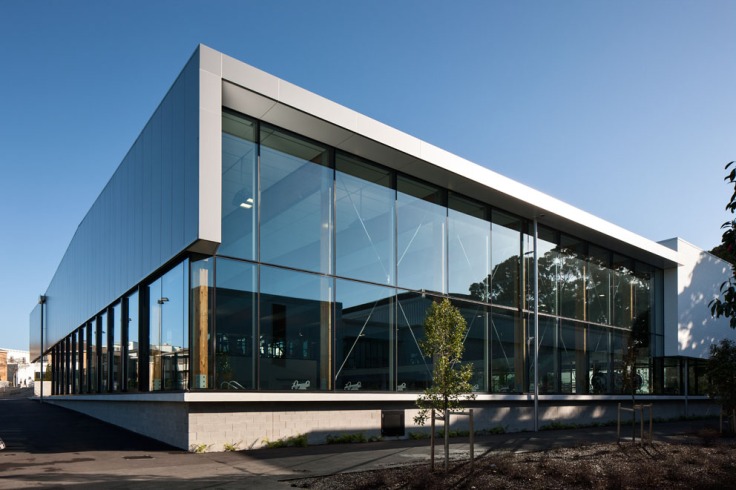By Mark Bates
Dip your toe in. Go on. How is the water?
Too hot, too cold, just right?
By the time you’re testing the temperature of the pool, several things have already happened.
You decided to swim that day. And if you have options, you chose which pool to go to.
You parked your car or bike or stepped off the bus and made your way to the entry. You found where to pay and picked a pool to use. You discovered the changing rooms. You changed and maybe showered. You stashed your valuables and bundled your clothes into a locker or shelf. And perhaps not only yours, but your kids, your students, or your clients as well. You found your pool. And then you strode, crawled, walked, wheeled or sidled up to the water – depending on your mobility and level of self-consciousness.
From the time you arrived at the pool complex all your actions have been guided by the design of the pool.
How easy was it to make it to the edge?
Pools are sensory experiences. Your experience is the accumulation of many features that start with thoughtful design. What do well-designed pool complexes look like, sound like, feel like and smell like? Answer – if you’ve particularly noticed any of these things, something is probably wrong. We tend not to notice good design. We simply inhabit it. We unconsciously bend to its suggestions.

Your experience of the pool depends on a myriad of design decisions. Here are some examples.
Where to place the loos so you don’t have to trudge a long way when you’re wet.
How to zone the pool areas and their filtration systems so a code brown in the toddlers’ pool doesn’t shut down the facility.
How to control the water temperature to match the activity – recreation or therapy or exercise. And how power and water are delivered to the site to enable the activity.
How to manage the light. (Ever tried changing the light bulb over an Olympic-sized pool?)
How to configure the layout so life guards can keep pool users in their line of sight.
Which tiles to specify so you can walk confidently from area to area.
From ground works to the light filled atrium your architect will pull these elements together to create an experience people will want to visit. And re-visit …
How?
Three steps to designing pools for every user
